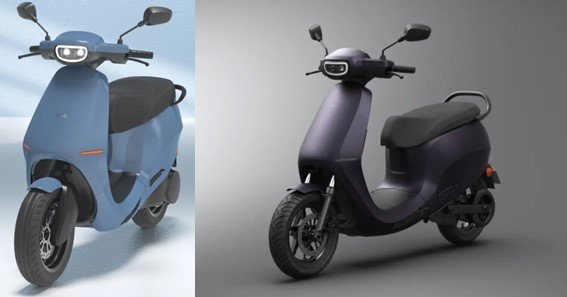Explore Ola Electric’s annual report with a focus on their debt to equity ratio. Understand the company’s financial health, growth trajectory, and future outlook.
Introduction to Ola Electric’s Financial Overview
Ola Electric, a prominent player in India’s electric vehicle (EV) sector, has rapidly gained attention due to its ambitious projects and market innovations. As the company expands, understanding its financial health is crucial for investors and stakeholders. A key metric in this regard is the Ola Electric debt to equity ratio, which provides insights into the company’s financial leverage and stability.
Ola Electric’s Debt to Equity Ratio: What the Numbers Reveal
According to Ola Electric’s latest financial reports, the company’s debt to equity ratio stands at approximately 134.2%. This indicates that Ola Electric has more debt compared to its equity, suggesting that the company is highly leveraged. While this can be a sign of aggressive growth and expansion, it also raises concerns about the company’s ability to manage its debt effectively in the long term.
This high ratio is partly due to the company’s significant investments in infrastructure, research and development, and production capacity as it aims to dominate the EV market. Despite the high debt levels, Ola Electric has managed to maintain a strong market position, with substantial revenues and a growing market share in the electric two-wheeler segment.
Financial Performance Highlights
In FY2024, Ola Electric reported a revenue of ₹5009 crore, showcasing its rapid growth in the EV sector. However, the company also reported an EBITDA loss of ₹1040.1 crore, reflecting the challenges associated with scaling up operations in a highly competitive industry. The company sold over 329,000 electric two-wheelers during the year, securing more than 35% of the market share in the electric two-wheeler segment.
Strategic Initiatives and Future Outlook
Ola Electric has ambitious plans to expand its production capabilities and enter new markets. The company is heavily investing in its Futurefactory, the world’s largest two-wheeler manufacturing plant, and is also developing advanced cell technology to reduce dependency on external suppliers. These initiatives are expected to enhance the company’s profitability and reduce its reliance on debt in the coming years.

FAQ
- What is Ola Electric’s current debt to equity ratio?
Ola Electric’s current debt to equity ratio is approximately 134.2%, indicating high financial leverage. - Why is the debt to equity ratio important for Ola Electric?
This ratio is crucial as it helps investors understand the company’s financial health and its ability to manage debt relative to its equity. - How did Ola Electric perform financially in FY2024?
Ola Electric reported a revenue of ₹5009 crore in FY2024 but also faced an EBITDA loss of ₹1040.1 crore, highlighting the financial challenges of rapid expansion. - What are Ola Electric’s future plans?
Ola Electric plans to expand its production capacity and develop advanced cell technology, aiming to improve profitability and reduce debt reliance. - Is a high debt to equity ratio a concern for Ola Electric?
While a high debt to equity ratio can be risky, Ola Electric’s strategic investments and market position may help mitigate these risks in the future.
Ola Electric’s annual report provides a comprehensive view of the company’s financial health and strategic direction. While the high debt to equity ratio highlights the risks associated with its rapid expansion, the company’s strong market position and ambitious future plans offer a promising outlook for investors.










